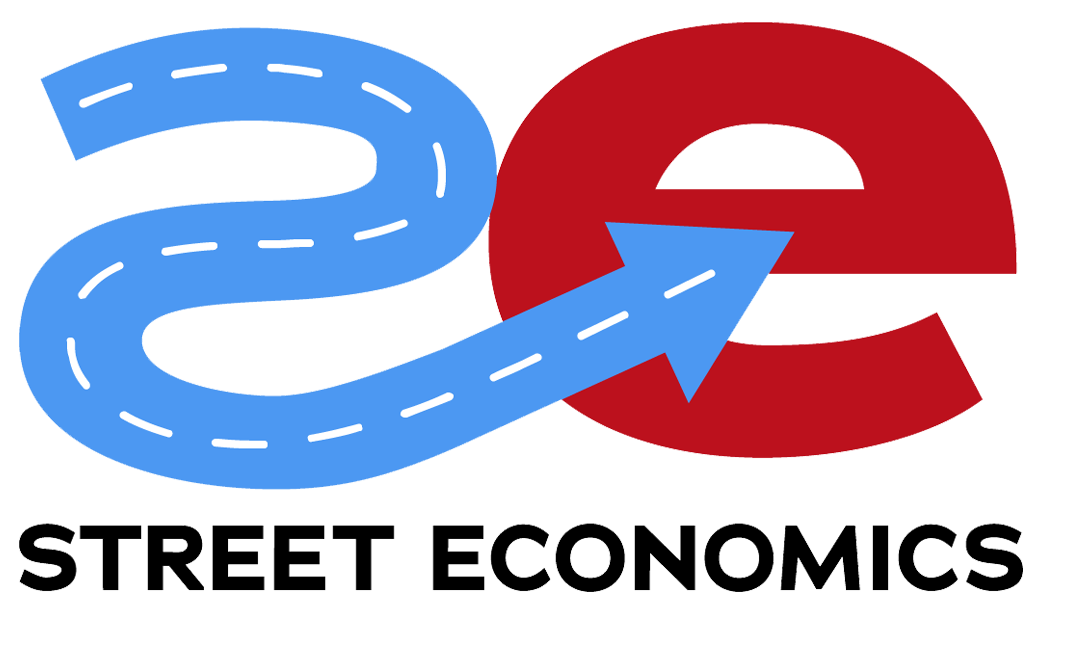BusinessFlare Take
RETAIL NOW DRIVES MIXED-USE DEVELOPMENT AS MULTIFAMILY LOSES ITS ANCHOR STATUS The commercial real estate industry just flipped conventional wisdom on its head with retail vacancy rates hitting a five-year low of 4.08 percent while becoming the primary driver of mixed-use developments instead of multifamily housing. This shift represents more than market dynamics; it reveals how cities that understand retail’s role as community catalyst will outperform those still chasing residential-first development strategies. Retail now generates faster lease decisions, stronger pricing power, and better risk-adjusted returns than traditional multifamily anchors, creating opportunities for economic developers who can pivot from outdated playbooks. Cities betting their downtown revitalization on office space while retail drives actual foot traffic are making the same mistake as communities that ignored e-commerce twenty years ago.
Street Economics Insight
FORT MEADE APPROVES 4.4 MILLION SQUARE FOOT DATA CENTER DESPITE INFRASTRUCTURE CONCERNS Fort Meade’s city commission approved zoning changes for a massive 4.4 million square foot data center development that will transform the community’s economic landscape, demonstrating how smaller municipalities can capture digital infrastructure investment if they act decisively on zoning reforms. The project represents the kind of economic development opportunity that requires local governments to balance immediate revenue potential against long-term infrastructure capacity, utilities load, and workforce development needs. Smart cities are positioning themselves as data center destinations by streamlining approvals and investing in power grid capacity, while others debate endlessly about “character” and miss billion-dollar investment opportunities that create high-paying technical jobs and generate massive property tax revenue.
Drama Meter Reading
FORT MEADE TERMINATES CITY MANAGER’S CONTRACT AFTER MONTHS OF UNEXPLAINED ABSENCE But not all is rosy in Fort Meade. Fort Meade’s city commission finally terminated their city manager’s contract after he’d been absent from work since January without explanation, creating months of administrative dysfunction that probably cost the city hundreds of thousands in delayed decisions and stalled projects. The commission spent nearly six months debating what should have been a straightforward personnel decision, highlighting the kind of municipal paralysis that drives away investors and delays economic development initiatives. When your chief administrative officer disappears for half a year and it takes city commissioners months to act, you’re advertising municipal incompetence to every developer and business considering your community for investment.
Book Drop
GEORGIA’S RED TAPE ROLLBACK ACT STALLS AS REGULATORY BURDEN EXPANDS UNCHECKED Georgia’s Red Tape Rollback Act died in the legislature despite research showing over half the state’s regulations are out of date, redundant, or unnecessary, perfectly illustrating the bureaucratic inertia that “Red Tape Empire” warned destroys economic competitiveness. The bill would have required agencies to justify their regulations every four years and provide economic impact analysis for rules costing over $3 million, basic accountability measures that bureaucrats successfully killed to protect their regulatory fiefdoms. Most states’ regulatory codes grow every year regardless of economic impact, creating the scenario described in the novel where entrenched administrative power blocks meaningful reform while businesses and communities suffer under increasingly complex and contradictory requirements that serve bureaucratic empires rather than economic progress.
ECOSINT Signal
CHINESE MONEY LAUNDERING NETWORK EXPLOITS US BANKING SYSTEM WHILE CITIES MISS ECONOMIC INTELLIGENCE OPPORTUNITIES Federal authorities uncovered a sophisticated money laundering operation moving hundreds of millions in Chinese proceeds through US banks, revealing economic intelligence gaps that affect local communities when illegal capital flows distort real estate markets and legitimate business competition. These networks often target specific metropolitan areas for property investment and cash-intensive businesses, creating artificial price inflation that hurts local entrepreneurs and first-time homebuyers while benefiting only corrupt capital flows. Economic developers should be monitoring unusual cash transactions and rapid property acquisitions in their markets as potential indicators of illicit capital that undermines legitimate economic development while creating false indicators of healthy investment activity.
Red River Flavor
FDA ALLOWS CONTAMINATED DRUGS FROM BANNED FACTORIES WHILE HIDING EXEMPTIONS FROM PUBLIC The FDA secretly granted exemptions allowing more than 150 medications from factories with mold, dirty water, and fraudulent testing to reach American patients, proving once again that federal agencies prioritize bureaucratic convenience over public health while hiding their failures from citizens who deserve transparency. This massive regulatory failure demonstrates how government agencies protect pharmaceutical companies’ profits instead of enforcing safety standards, with the FDA allowing drugs from facilities where inspectors found “blackish” contaminated vials and workers destroying test records with acid. Communities serious about resident health should be questioning every federal health guideline when the same agencies approving your local restaurant inspections are secretly allowing contaminated pharmaceuticals from banned foreign factories into the supply chain.
The Music Cities
MUSIC TOURISM MARKET REACHES $96.8 BILLION AS CITIES DISCOVER ENTERTAINMENT-DRIVEN ECONOMIC DEVELOPMENT The global music tourism market hit $96.8 billion in 2024 and projects growth to $267.8 billion by 2030, proving that cities investing in authentic music infrastructure create sustainable competitive advantages over communities chasing convention centers and sports stadiums. Dublin ranks as Europe’s fourth-best live music destination, with 558 concerts generating economic impact without requiring massive public subsidies, while cities like Basel sold out 42,000 Eurovision tickets in minutes and expect 60,000 attendees for an economic impact that ripples through hospitality and retail sectors. Smart economic developers are recognizing that music venues generate repeat visits and authentic cultural identity that chain retailers and generic entertainment complexes cannot replicate, creating the kind of distinctive place branding that attracts both residents and businesses seeking communities with genuine character.
Space Economy Signal
US SPACE ECONOMY REACHES $570 BILLION WITH COMMERCIAL SECTOR DRIVING 80 PERCENT OF ACTIVITY The US space economy hit $570 billion in 2023 with commercial companies now accounting for 80 percent of industry activity, demonstrating how communities positioning themselves for aerospace manufacturing and support services can capture high-value economic development opportunities that most cities are completely missing. President Trump’s February 2025 executive orders reducing regulatory friction and modernizing legacy space policies create additional momentum for commercial ventures, while cities that understand aerospace supply chain requirements can attract manufacturers seeking streamlined approvals and specialized workforce development programs. Economic developers should be targeting space industry suppliers, component manufacturers, and testing facilities rather than chasing the handful of high-profile launch sites, since the real economic value lies in the thousands of companies supporting orbital construction, satellite manufacturing, and space-based logistics networks.
Purple Cow of the Day
CAPYBARA CAFÉ IN ST. AUGUSTINE CREATES NEW TOURISM MODEL GENERATING 100 CUSTOMERS DAILY St. Augustine’s Capybara Café represents the kind of authentic, weird tourism attraction that creates sustainable economic development without requiring massive public investment or competing with every other community’s generic entertainment offerings. The café charges $50 for 30-minute encounters with capybaras and attracts 100 customers daily, proving that distinctive experiences based on authentic concepts generate consistent revenue streams that support local animal rescue operations while creating regional tourism draw. This model demonstrates how communities can develop unique competitive advantages by embracing genuinely unusual attractions that cannot be replicated by chain businesses or copied by neighboring cities, creating the kind of distinctive place branding that drives word-of-mouth marketing and social media buzz worth millions in free advertising.
About Street Economics Daily Street Economics provides meaningful economic insights without overwhelming you with academic and technical jargon. We focus on the reality and potential of every place, delivering daily intelligence on economic trends affecting communities, regions, and industries. Our approach emphasizes what’s actually happening on the ground rather than theoretical models, giving you the actionable insights you need to make informed decisions. To learn more visit www.streeteconomics.ai



No responses yet